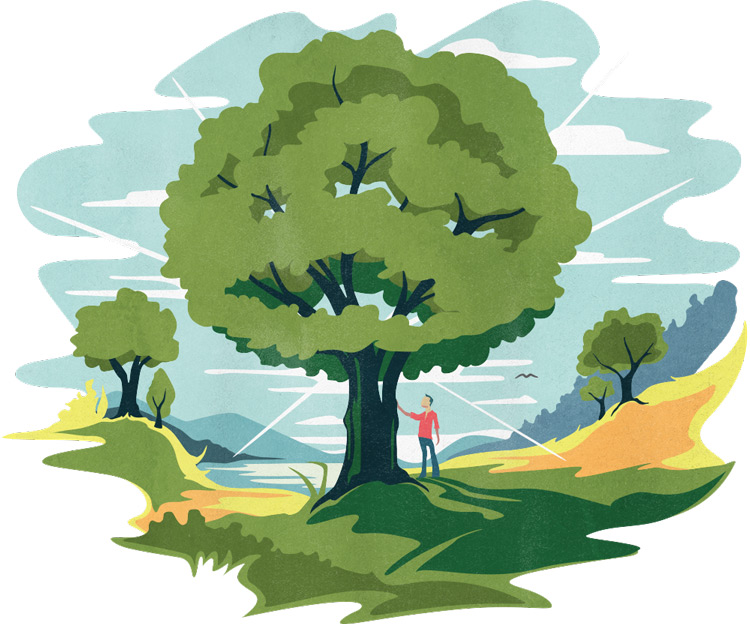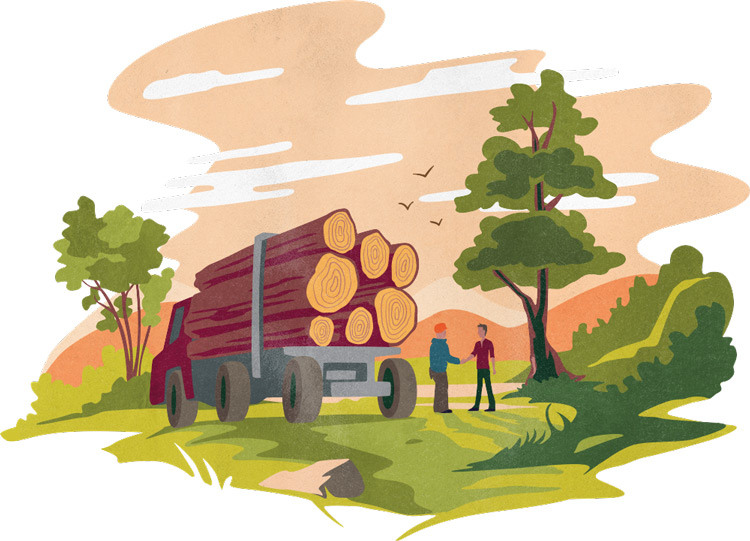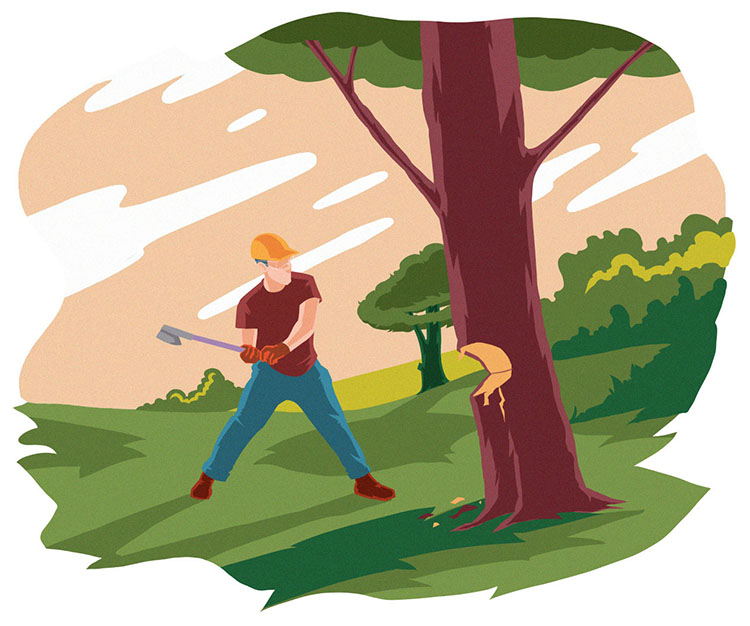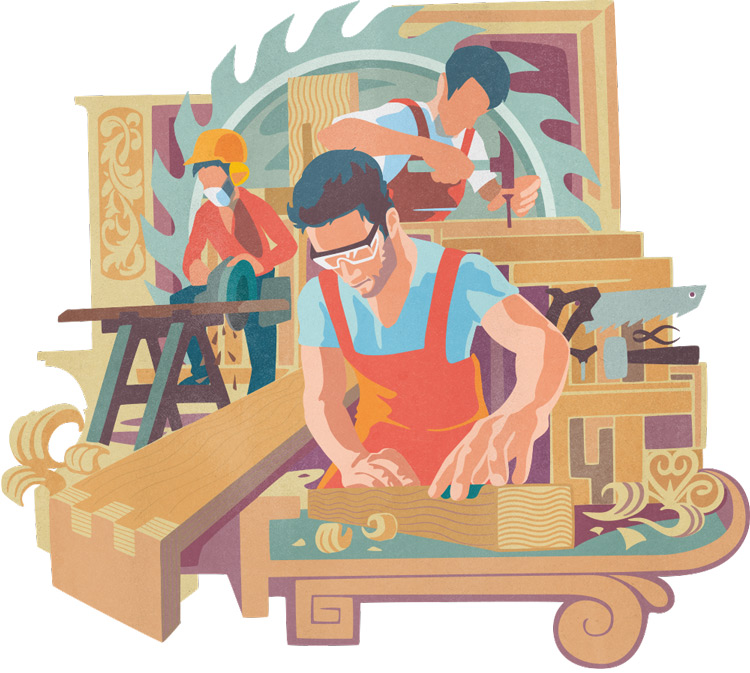Tree Surgery
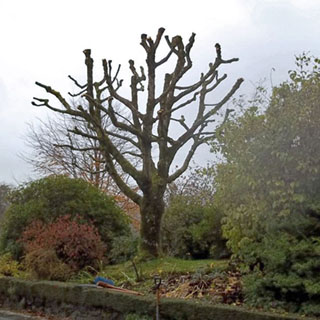
Crown Reduction
This operation places a lot of stress on the tree and involves the removal of tree limbs that are considered to be a threat to people or property.
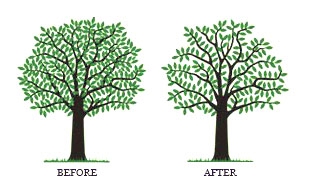
Crown Thinning
Is preventative maintenance. It allows more light to healthy areas of the tree by removing small quantities of secondary or small branches. Clashing or diseased branches are also removed.
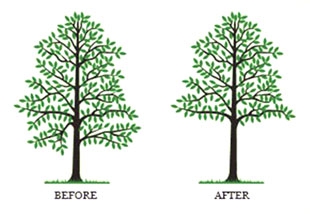
Crown Lifting
This operation clears the lower area of the tree and if done in the early years can enhance the lower trunk (beam) value by reducing knot sizes (see “What makes a tree valuable”).
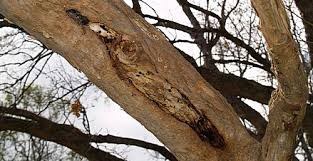
Dead Wood Removal
This is the removal of dead branches that may threaten people or property. Some deadwood may be left insitu where it is not considered a threat as it provides great habitat.
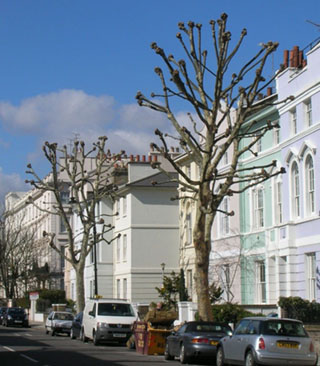
Pollarding
Encourages formation of lateral branches. Once begun it requires regular further maintenance. It is not generally recommended for mature trees.
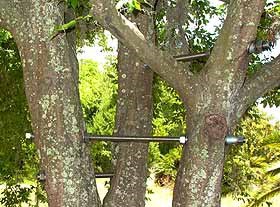
Tree Bracing
Artificial (rods or ties) are used together with selective thinning to strengthen the tree as opposed to felling or removing a limb.
FAQs
Q. Is there anything that should be done to maximize the value of timber?
A. The most valuable timber is within the trunk, so get the tree surgeon to remove the tree branches before felling the tree. This will prevent the branches from splitting the trunk when the tree falls.
Q. Is there a good time to fell a tree?
A. To enable ease of sawing the best period for felling is during the winter with a waning moon (reduces sap content).
Q. After felling is there anything I should do before sawing?
A. Its best to try and keep the trunk dry by covering it and making sure there is good drainage. You should also organise the sawing as soon as possible after felling.
Q. Want to know more?
A. Visit: https://www.trees.org.uk/Help-Advice/Help-for-Tree-Owners

